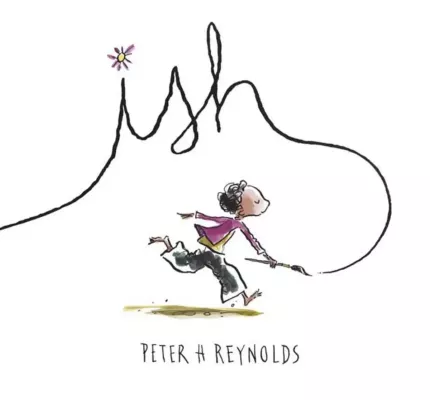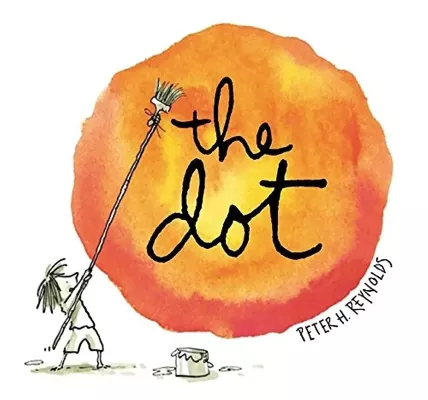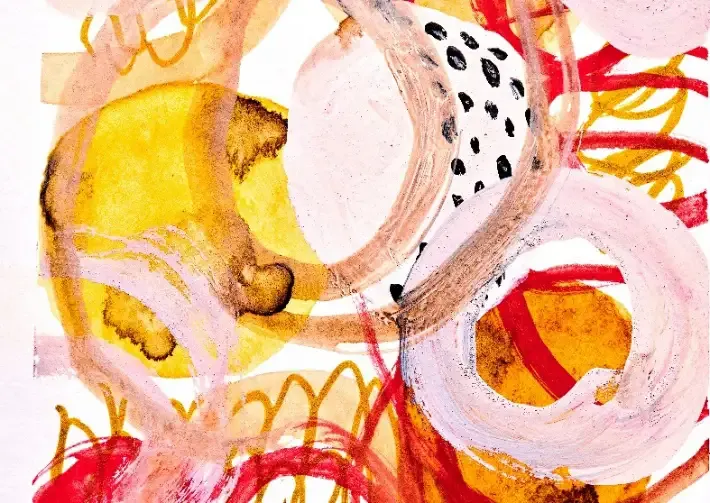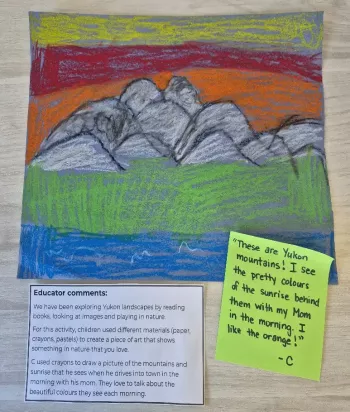April 2025 newsletter
Making learning visible
In the world of early learning and child care, documentation plays a valuable role in understanding and supporting the growth and development of young children. It serves as a powerful tool for educators, caregivers, and families to track progress, reflect on learning experiences, and ensure that each child’s unique needs are met. Whether through observations, photos, portfolios, or learning stories, documentation provides a window into a child’s world, helping us better connect with their journey and create meaningful experiences.
Educators may hear many phrases referring to the process of making children’s learning visible: documentation, pedagogical narration and pedagogical documentation are just a few. Each of these terms is closely related. While documentation refers to the process of capturing and preserving observations and events related to the learning process, pedagogical narration and pedagogical documentation go a step further. They add an element of reflection and interpretation to the observation process, with the goal of understanding and adding to the learning process.
Simply put, pedagogical narration may be thought of in this way: Listen deeply Be curious Embrace wonder Share the story
B.C. Early Learning Framework, p. 51
By observing and documenting children as they play and learn, we can create a record that reflects their learning and development in an authentic way. By reflecting on what we see and observe, we can support children in their growth and make decisions about how to support them further. By making learning visible through pedagogical narration, educators create space for children’s voices and ideas to flourish.
What is pedagogical narration?
According to the B.C. Early Learning Framework, the process of pedagogical narration may include the following components, but there is no single way to engage with this process:
- Collect traces of practice: this can take the form of materials created by the children (drawings, paintings, constructions), written field notes, digital audio-recordings, photographs, video clips.
- Reflect on the traces: Ask yourself questions about the traces of practice you chose to collect. What interests you about it? What ideas might the children be thinking about?
- Make the traces visible: Share the traces of practice and the emerging pedagogical narration with children, families and colleagues. There are many ways to make this learning visible.
- Invite collaborative dialogue: Invite comments and questions from children, families, colleagues and community members. Together, you can “co-construct knowledge” by having ongoing conversations about children’s learning.
Important note: Ensure that families know how images and recordings of their children are being used, shared and stored. Respect families’ wishes if they do not grant permission for their children to be photographed or recorded.
Resources to explore
The following books and websites provide principles and practices to inspire your learning on documentation
and pedagogical narration:
- Inquiry-Based Early Learning Environments: Creating, Supporting, and Collaborating
https://www.redleafpress.org/Inquiry-Based-Early-Learning-Environments-Creating-Supporting-and-Collaborating-P2401.aspx - Pedagogical Documentation in Early Childhood: Sharing Children’s Learning and Teacher’s Thinking
https://www.earlychildhoodeducator.com/static/downloads/Pedagogical_documentation_in_early_childhood.pdf - Practice Guideline: Pedagogical Practice (including documentation and narration)
https://www.college-ece.ca/en/Documents/Practice_Guideline_Pedagogical_Practice.pdf - The Power of Documentation in the Early Childhood Classroom (NAEYC article)
https://www.naeyc.org/sites/default/files/globally-shared/downloads/PDFs/resources/pubs/seitz.pdf
Do you know?
Learn more about the principles of the British Columbia Early Learning Framework
The B.C. Early Learning Framework is available online to download here:
https://www2.gov.bc.ca/gov/content/education-training/early-learning/teach/early-learning-framework
Print a poster of the B.C. Early Learning Framework featuring the Early Learning Framework Principles and the First Peoples Principles of Learning:
https://www2.gov.bc.ca/assets/gov/education/earlylearning/teach/earlylearning/elf_poster.pdf
To learn more at your own pace, enrol in the free online course “Introducing the Early Learning Framework”: https://mytrainingbc.ca/ELF/
Read “The Play Today Handbook”. The Handbook is grounded in learning principles found in the B.C. Early Learning Framework and provides practical examples for incorporating play into your program:
https://www2.gov.bc.ca/assets/gov/education/earlylearning/teach/earlylearning/play-today-handbook.pdf
"Stand aside for a while and leave room for learning. Observe carefully what children do and then, if you understand well, perhaps teaching will be different than before."
Loris Malaguzzi founder of Reggio Emilia approach
For in-person support, reach out to the Yukon ELCC team at [email protected] to request training and support on the B.C. Early Learning Framework at your next staff meeting or professional development event.
Book Nook
Peter H. Reynolds’ delightful books, The Dot and Ish, are heartwarming stories that inspire creativity and self-expression. They share the message that creativity is about personal expression and joy, not just accuracy and skill. These inspiring stories encourage us to celebrate children’s learning, and to make their learning visible in creative and thoughtful ways. Whether it is through a dot or a doodle, Peter H. Reynolds’ stories remind us to celebrate and share the ideas and voices of children.


A classroom that is functioning successfully as a third teacher will be responsive to the children's interests, provide opportunities for children to make their thinking visible and then foster further learning and engagement."
Susan Fraser, author
Explore
Activity idea:
Create a documentation panel
Documentation panels make children’s learning visible through exhibition and display.
Things to consider:
- Start with “the spark”: what learning experiences and conversations sparked the children’s interests?
- Tell a story: include examples and evidence of the learning activities that followed from “the spark”.
- Include interesting artifacts: add texture and colour that demonstrate children’s understanding of their learning.
Key ideas:
- Documentation involves sharing a child’s words, ideas, and images of the creative process, as well as the final product.
- Share your own observations, questions, and ideas alongside the child’s work to give a story of the child’s ideas and thoughts.
- Documentation is a collaborative process, allowing children, educators and families to reflect on children’s learning.
- For more inspiration, check out Teach, Grow, Love: Three ways to create meaningful documentation: https://www.teachgrowlove.com/2016/11/pedagogical-documentation-in-kindergarten/
Grow
Making traces visible (sharing documentation) with families creates an opportunity to ask for their input and reflection. Share with families that what they have to say is important to further understand what children are learning and experiencing. Consider asking families:
- What do you think your child is doing/learning in this moment?
- Can you help me deepen my understanding of what is happening in this moment?
- Is there anything you could add to this story (background information, personal experiences, insights into personality?)
- What prior knowledge does your child bring to this moment?
(B.C. Early Learning Framework, p. 58)

Documentation is not about what we do, but what we are searching for.
Carla Rinaldi, author and professor
